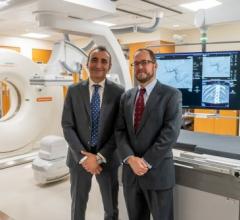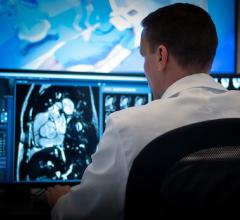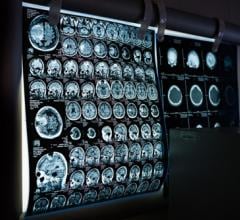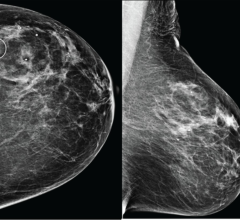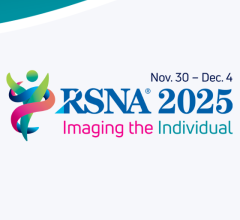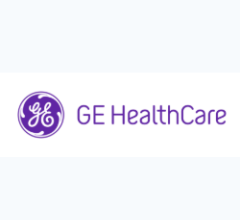April 26, 2016 — The results of a secondary analysis of the SCOT-HEART trial show that coronary computed tomography angiography (CCTA) leads to a more appropriate and effective selection of invasive coronary angiography for patients with suspected angina due to coronary heart disease. The use of CCTA also contributed to greater use of preventive therapies that led to a 50 percent reduction in risk for fatal and non-fatal myocardial infarction when compared to usual care, largely including stress testing.
The SCOT-HEART (Scottish COmputed Tomography of the HEART) trial demonstrated that CCTA markedly clarified the diagnosis for patients with suspected angina due to coronary heart disease. However, whether the CCTA-guided changes in diagnosis led to appropriate improvements in invasive coronary angiography and initiation of preventive treatments, and whether these changes could be attributable to an improvement in clinical outcome, had not been explored.
"SCOT-HEART has shown for the first time that CT coronary angiography can be used to reduce mortality in patients with suspected coronary heart disease. We showed that computed tomography improved the certainty of diagnosis, changed the prescription of preventative therapies and led to more appropriate use of invasive coronary angiography," said lead author Michelle C. Williams, M.D., MBChB, of the British Heart Foundation Centre for Cardiovascular Science, University of Edinburgh, U.K. "This resulted in the halving of fatal and non-fatal myocardial infarction after these changes in management were implemented. With SCOT-HEART we have moved beyond studies of diagnostic accuracy, and this study will certainly change practice."
"With this seminal analysis, CCTA has moved from a diagnostic test with unparalleled accuracy and significant prognostic information, to a test that can effectively guide therapeutic decision making," said Society of Cardiovascular Computed Tomography (SCCT) President Jonathon Leipsic, M.D., FSCCT. "The ability to help guide treatment strategies that reduce hard events will inevitably disrupt traditional care pathways."
Commenting on this study, SCCT President-Elect Leslee Shaw, Ph.D., FSCCT noted that "new findings conclusively demonstrate that CCTA is by far one of the key components to guide accurate diagnosis of and effective treatment for coronary artery disease (CAD). These findings will provide a new approach to diagnosis and treatment of CAD. Although requiring future validation, this analysis suggests that optimal improvements in patient outcomes can best be facilitated by CCTA."
The potential implications of this study on patient management following CTA are profound, according to Todd Villines, M.D., FSCCT, chair of the SCCT Education Committee. He noted that "the identification of both non-obstructive and obstructive (potentially flow-limiting) coronary artery disease is a tremendous advantage of coronary CTA. These findings demonstrate that disease burden on CTA, including non-obstructive disease, leads to important therapeutic changes that significantly reduce a patient's risk of suffering a first heart attack."
In an accompanying editorial, SCCT Past President James K. Min, M.D., FSCCT, professor of radiology at Weill Cornell Medical College and director of the Dalio Institute of Cardiovascular Imaging at NewYork-Presbyterian Hospital/Weill Cornell Medical Center, spoke to the implications of these results. "This secondary analysis of SCOT-HEART is the highest-quality evidence to date for the comparative benefit of CCTA over standard-of-care approaches...In aggregate, these studies suggest that not only may CCTA be considered a reasonable alternative to stress testing for initial diagnostic CAD evaluation, but it may actually be preferred," he said.
For more information: www.scct.org


 December 03, 2025
December 03, 2025 

